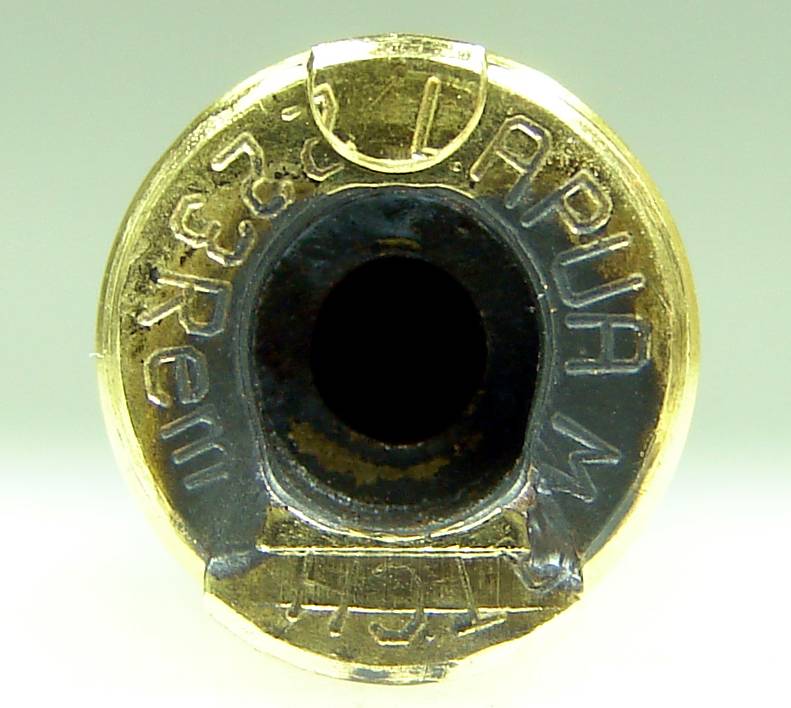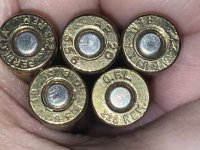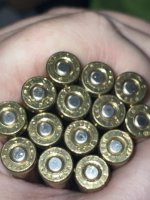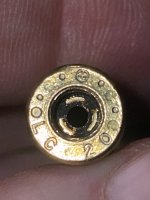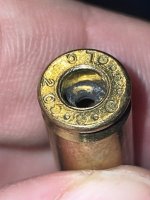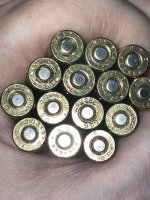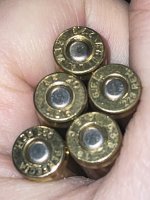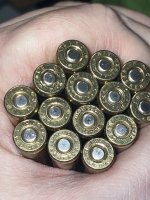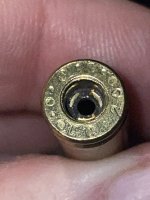Bought some “factory” reload ammo for plinking. Decided to do some simple qc on it since ive never bought from them before.
its mixed brass, 55gr fmj rated for 3200fps. Primer depths look ok’ish but my real question is what would be a “safe” or acceptable variation in totla loaded round weights?
most of the rounds ive weighed have come in right around 176 to 178 grains. But, i have a few that are 174, and probably another 10 rounds or so that are 180 to 184 grains. How many grains +- would you consider safe as plinking/practice ammo? Out of 200 rounds i am questioning 20 of them.
its mixed brass, 55gr fmj rated for 3200fps. Primer depths look ok’ish but my real question is what would be a “safe” or acceptable variation in totla loaded round weights?
most of the rounds ive weighed have come in right around 176 to 178 grains. But, i have a few that are 174, and probably another 10 rounds or so that are 180 to 184 grains. How many grains +- would you consider safe as plinking/practice ammo? Out of 200 rounds i am questioning 20 of them.

